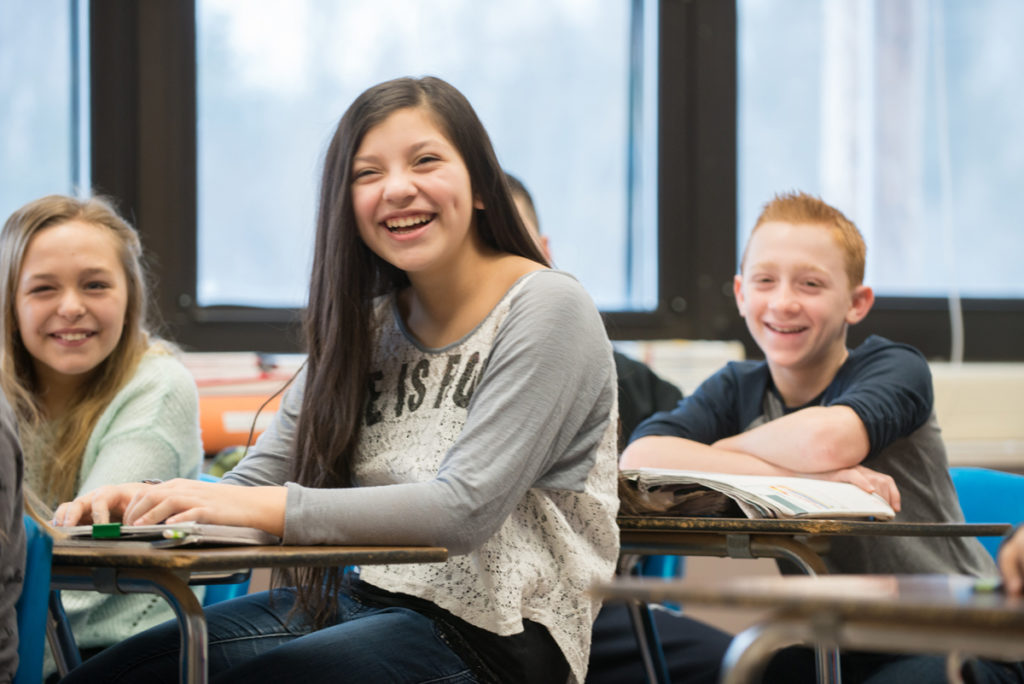
As materials come out of storage, your classroom space comes to life and you begin envisioning the excitement, engagement, and meaningful learning your students will experience in the upcoming school year.
Below are three teaching practices that can help you make this vision a reality. Each of these practices promotes active teaching over direct teaching: Rather than education being a one-way street in which a teacher lectures, learning becomes a collaboration between teacher and students. And if you’re looking for a way to get started with Responsive Classroom in your classroom, these practices are a great way to begin.
Academic Choice is a three-step strategy that involves planning, working, and reflecting. These steps invite students into the learning process by giving them a voice in the how or what of learning and granting them the autonomy to explore.
Present students with options for how to meet the day’s learning goals. Prompt students to consider what will be the best choice for them – something that will both challenge them and connect to their interests. For example, if a lesson plan calls for students to make a personal connection to a story the class is reading, you could have students choose between painting a scene, making a collage with captions, or writing a poem.
Students bring that choice to life through hands-on interaction with new concepts and materials. They explore, practice, experiment, and problem solve while you provide feedback through reinforcing language and prompt further engagement by posing open-ended questions. You might tell a student who is drawing, “I see you are trying a new skill. You’re stretching yourself.” Or, you might ask a student, “What would be a good caption for the image you just cut out?”
Give students the opportunity to consider what they learned, assimilate new ideas, and consider possibilities for future use. Reflecting is often most successful when done with partners or in small groups, where students get the chance to practice speaking and listening skills. The opportunity to chat about what they experienced also provides students with a sense of closure that makes transitioning to a new subject more natural.
Interactive learning structures promote participatory learning by getting kids moving, talking, and thinking together. They can be used to introduce new skills and concepts or deepen understanding of old ones. In place of lecturing or solitary learning, interactive learning structures get students collaborating in a variety of ways that accommodate a wide range of learning styles and aptitudes. Students also get to practice essential speaking, listening, and thinking skills, important interpersonal skills such as cooperation and responsibility, and new ways to interact with content.
Check out some examples: Carousel, Inside-Outside Circles, and Museum Walk.
When a skill, routine, or behavior needs to be done in a specific way, such as using scissors safely or reading with a partner, try Interactive Modeling. This invaluable practice increases students’ academic engagement and grounds their understanding of how and why the skill is important by inviting them to be active participants and mindful observers. It can be especially helpful at the beginning of the school year. The steps of Interactive Modeling are:
(We’ve also got examples of these steps applied to a variety of skills, from perseverance to walking in a line, in our Interactive Modeling articles.)
Academic Choice, interactive learning structures, and Interactive Modeling give students an opportunity to do the things they love—talk, sing, dance, perform, observe, build, create, collect—all while encouraging them to be engaged, curious, and thoughtful as they explore new concepts and skills.